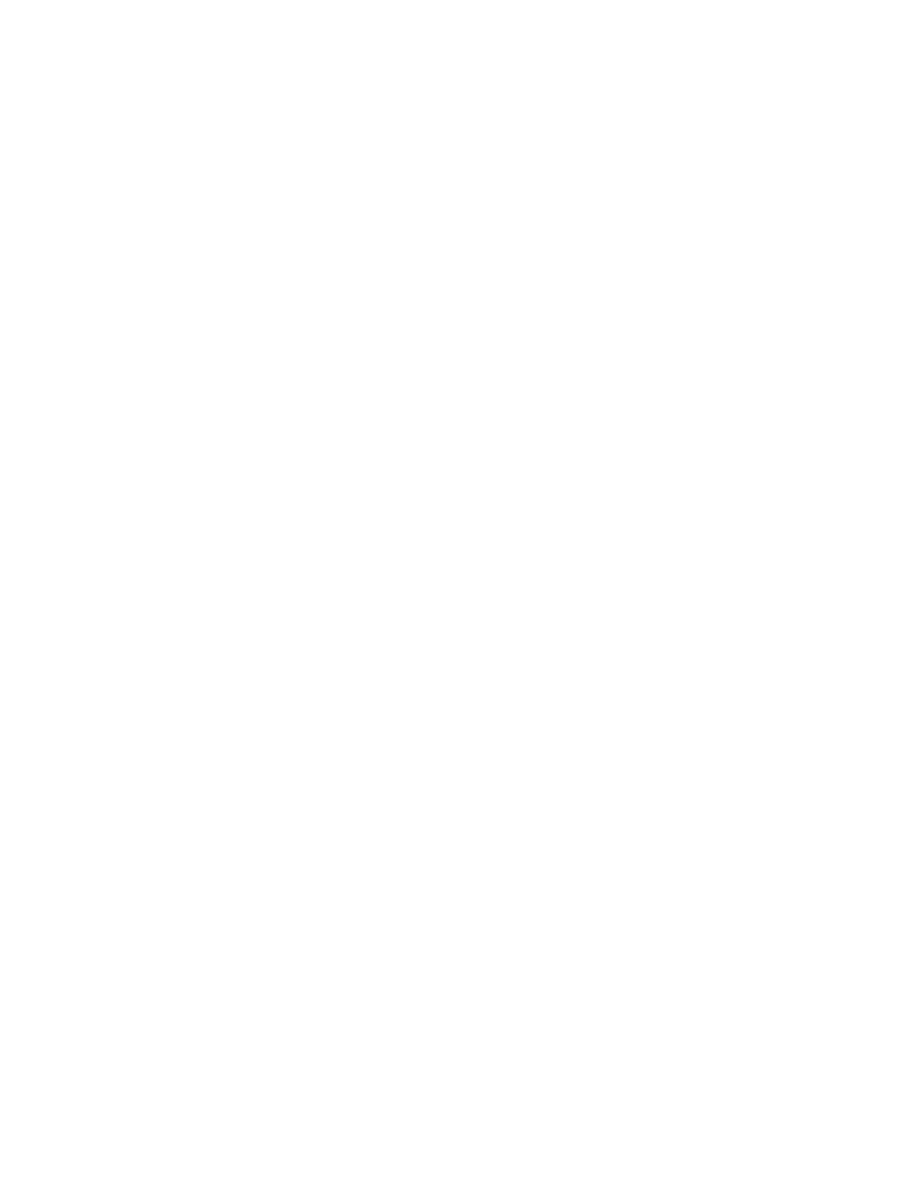Monte Carlo V6-3.8L VIN K (1998)

Camshaft: Description and Operation
ENGINE CONSTRUCTION
Starting at the front of the engine, the cylinders of the left bank are numbered 1-3-5 and the cylinders of the right bank are numbered 2-4-6. The
crankshaft is supported in the engine block by four bearings. The crankshaft is counterbalanced by the flywheel, the crankshaft balancer, and the
weights cast into the crankshaft. Additional counterbalancing is obtained from the balance shaft which rides in the engine block above the camshaft
and is driven by the camshaft. All 3800 engines are even-firing, the cylinders fire at equal 120 degree intervals of crankshaft rotation. The location of
the crankshaft journals has been offset by 30 degrees to fire the cylinders at 120 degree intervals of crankshaft rotation. The camshaft lobes and timing
also reflect the 120 degree intervals. The even firing crankshaft provides an equal interval of 120 degrees between ignition of each of the cylinders
throughout the firing order. The firing order is 1-6-5-4-3-2. The aluminum alloy pistons have slipper skirts and are cam turned. Four drilled holes or
casted slots in the oil ring grooves permit drain back of the oil collected by the oil ring. The camshaft is supported by four bearings in the engine block
and is driven by the crankshaft through sprockets and a timing chain. The cylinder heads are cast iron and incorporate integral valve stem guides.
Right and left cylinder heads are identical and are interchangeable, but it is good practice to reinstall the cylinder heads on the side from which they
are removed. The intake manifold is bolted to the inner faces of both cylinder heads so it connects with all inlet ports.
Each exhaust and intake valve has a valve spring to insure positive seating throughout the operating speed range. The valve rocker arms for each bank
of the cylinders pivot on pedestals bolted to the cylinder head. Hydraulic roller valve lifters and tubular push rods are used to operate overhead rocker
arms and valves of both banks of the cylinders from a single camshaft. This system requires no lash adjustment at the time of assembly or service.
In addition to its normal function of a cam follower, each valve litter also serves as an automatic adjuster which maintains zero lash in the valve train
under all operating conditions. By eliminating all lash in the valve train and also providing a cushion of oil to absorb operating shocks, the valve litter
promotes quiet valve operation. It also eliminates the need for periodic valve adjustment to compensate for wear of parts. Oil is supplied to the valve
litter through a hole in the side of the valve litter body which indexes with a groove and a hole in the valve litter plunger. Oil is then metered past the
oil metering valve in the valve litter, through the push rods to the valve rocker arms. When the valve litter begins to move up the camshaft lobe, the
check ball is held against its seat in the plunger by the check ball spring which traps the oil in the base of the valve litter body below the plunger.
The plunger and the valve litter body then raise as a unit, pushing up the push rod to open the valve. The force of the valve spring which is exerted on
the plunger through the valve rocker arm and push rod, causes a slight amount of leakage between the plunger and the valve litter body. This leakage
allows a slow escape of trapped oil in the base of the valve litter body. As the valve litter rolls down the other side of the camshaft lobe and reaches
the base circle or valve closed position, the plunger spring quickly moves the plunger back (up) to its original position. This movement causes the
check ball to open against the ball spring, and any oil inside the plunger is drawn into the base of the valve litter. This restores the valve litter to the
zero lash.
